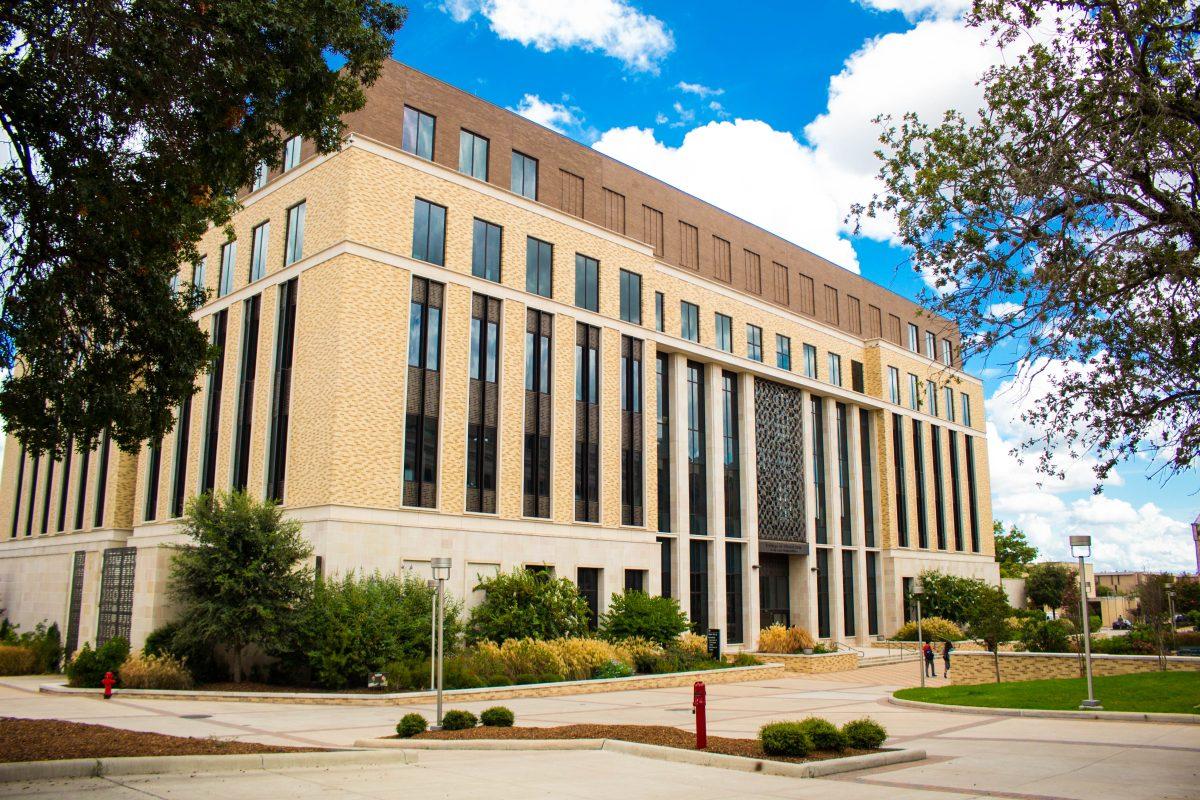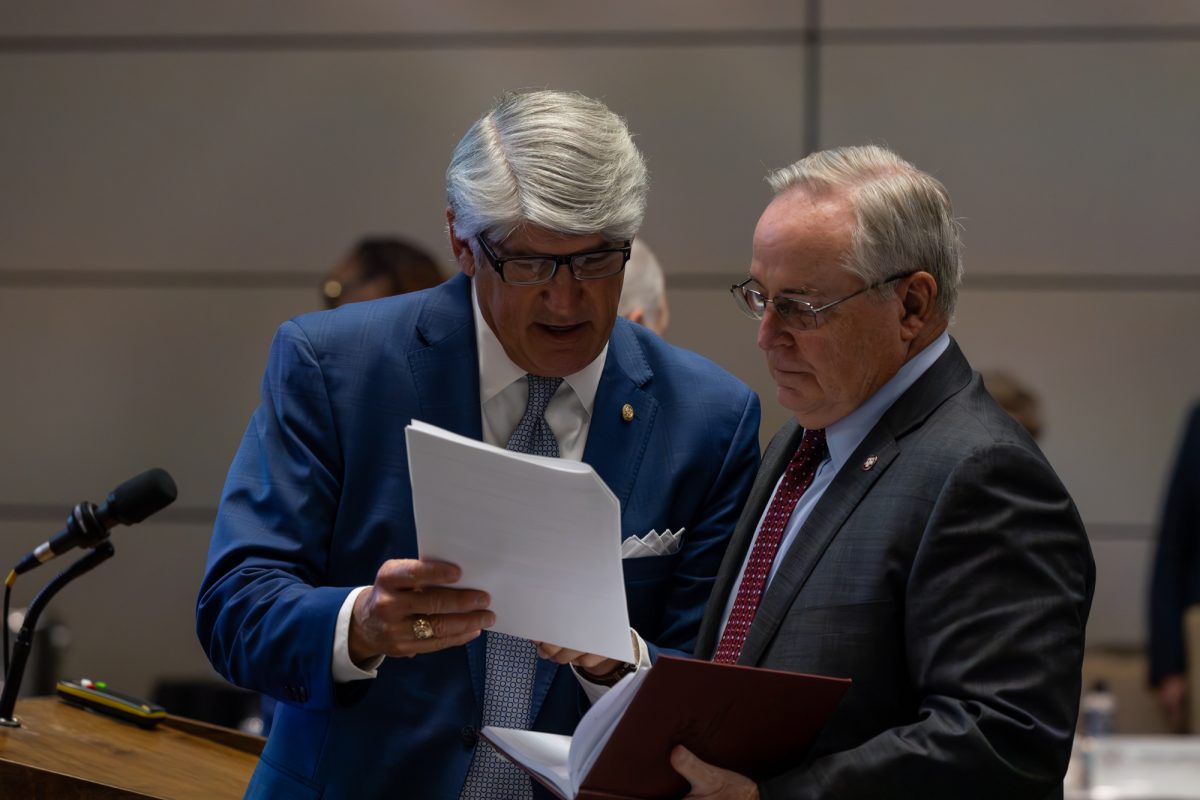Fifty-one years ago, an English major and a biology major at Texas A&M would have gone to the same college — the School of Arts and Sciences.
The college was divided into two separate schools in 1965 after then-president James Earl Rudder received a number of reports calling for A&M to establish a greater presence in the liberal arts. Thus, 50 years ago, the A&M College of Liberal Arts was established.
Vaughn Bryant, professor of anthropology, started working for the College of Liberal Arts almost 45 years ago when he was hired to start the department of anthropology.
“The dean said, ‘Do you think you can build a department in 20 years?’ and I said, ‘Oh, sure, no problem,’” Bryant said. “And that’s exactly what we did. I was the department head for 22 years and during that time we got a degree program — a bachelors, we got a masters, we got a Ph.D. and we increased our faculty to somewhere around 20 people.”
At its onset, the college included the departments of education and psychology, economics, English, health and physical education, journalism, history and government and philosophy and humanities, according to the College of Liberal Arts website. It also included the School of Business Administration, which became its own college in 1968, followed by the College of Education in 1969.
Over the many years he’s been here, Bryant said he’s seen the college expand to address topics of studies related to race and ethnicity.
Dolores Carter, Class of 1976, said when she attended A&M almost 30 years ago, the other parts of the university didn’t offer as many organizations for women or minorities.
“It was a very accommodating, welcoming college because women had not been allowed there but for only a few years, and definitely minority women, and so we didn’t have a lot of minority clubs or anything like that,” Carter said. “At that time there weren’t a whole lot of organizations for women to be involved in.”
As the college has grown, Bryant said one change it should be proud of is how encouraging it has become for minorities.
“I know in my classes now I see a lot of minorities, where when I first started it was all one color, you know?” Bryant said.
Carter said the original College of Liberal Arts has adapted over the years to match the student population.
“It’s just grown so much and it meets so many needs now — students’ needs that are different from what we needed at the time, you know,” Carter said. “We were going to learn a trade, to teach, or to be a principal, or administration or whatever it was. And now there’s such a diverse curriculum you can go into anything in your graduate studies.”
Today the college is the second largest at the university with 12 departments and over 7,400 students enrolled last spring, according to the Spring 2015 Texas A&M enrollment profile.
Pam Matthews, dean of the College of Liberal Arts, said the growth of students has led to a concurrent increase in renowned faculty, as well as the prestige of the college.
“Having a faculty who are serious researchers and well known in their fields is something that wouldn’t have been true at the very beginning, as it wasn’t true for other parts of the university either at that time,” Matthews said. “So some of [what has changed] is just the seriousness, the stature of the college has risen with the stature of the university.”
As the college grows, so does financial support from former students, said Matthews.
“Our former students are still very young, so the growth pattern of the college has been such that the average age of our former students is about 45,” Matthews said. “We’re looking forward to a lot of energy from former students and potential donors later, once they have gotten to the sort of peak earning years and have made their careers.”
While she’s excited and honored to be dean during such an important part of the college’s history, Matthews said the age of the college means an impending change in the coming years.
“I think we really have this amazing opportunity right at this moment, partly because of the age of the college,” Matthews said. “So if you have a 50-year lifespan, we’re seeing a lot of retirements coming up soon, and it’s going to mean a really changed college in the next 10 to 15 years.”
The College of Liberal Arts reflects on a half-century of growth, development
September 6, 2015
Photo by Alexis Will
50 years ago, the school of Liberal Arts was founded, with the School of Business being established a few years later.
0
Donate to The Battalion
$2065
$5000
Contributed
Our Goal
Your donation will support the student journalists of Texas A&M University - College Station. Your contribution will allow us to purchase equipment and cover our annual website hosting costs, in addition to paying freelance staffers for their work, travel costs for coverage and more!
More to Discover










